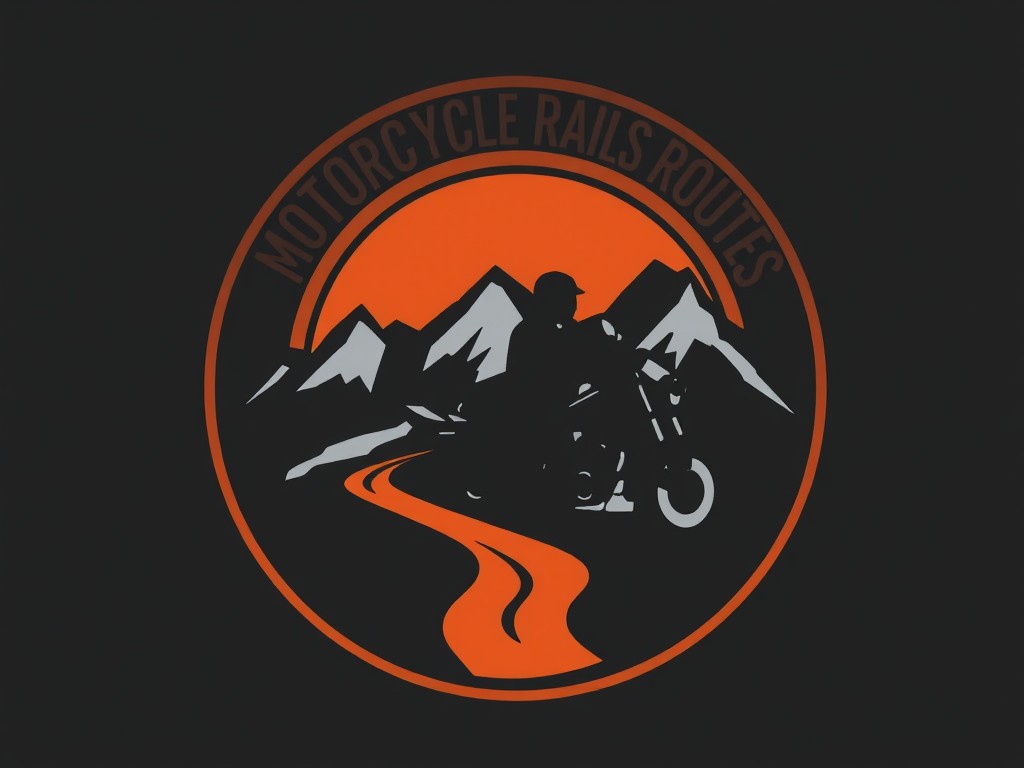In the vibrant world of motorcycling, there are few moments as disheartening as having your beloved bike take a tumble. Whether you’re a seasoned veteran of the open road or a novice just getting your footing, the sight of your BMW S1000RR lying on its side can be a distressing one. Even minor falls can disrupt the alignment of your front fork, resulting in a less-than-ideal riding experience. However, with the right knowledge, tools, and a bit of patience, you can realign your front fork and get back to enjoying your ride in no time.
Understanding the Importance of a Well-Aligned Front Fork
Before diving into the process of aligning your front fork, it’s crucial to understand why it’s so important. The front fork of your bike is more than just a shock absorber. It’s a structural component that holds the front wheel, allowing you to steer and control your bike with precision.
Additional reading : Upgrade your ride: explore unique sticker kit designs
When the front fork is misaligned, even slightly, it can affect the entire feel of your ride. Misalignment can make your bike feel unstable or unwieldy, especially at high speeds or during sharp turns. It can also put undue pressure on the front wheel and the suspension system, leading to premature wear and even potential damage.
Checking for Misalignment
There are a few signs that your front fork may be misaligned. The most common sign is a change in how your bike handles. If it feels like it’s pulling to one side or the other, that’s a good indication something is off. Visually, you might notice that the handlebars and the front wheel are not aligned when the bike is standing straight.
Also to discover : What is the best way to clean and preserve the leather seats on a Harley-Davidson Fat Boy?
A more precise way to check for misalignment is to measure the distance between the top of the fork and the handlebars on both sides. If the distances are not identical, you’re dealing with misalignment.
Preparing for the Alignment Task
Before jumping into the realignment process, you’ll need a few things. First, you’ll need a decent workspace. A well-lit garage or shop is ideal but any flat, stable surface will do. You’ll also need a bike stand or some other way to securely prop your BMW S1000RR upright.
Tools you will require include a torque wrench, a set of Allen keys, and a vernier caliper or ruler for accurate measurement. Do not forget your BMW S1000RR user manual, as it has specific instructions and torque settings that are essential to follow.
The Process of Aligning the Front Fork
Now, let’s get to the meat of the matter: the actual process of aligning the front fork of your BMW S1000RR.
Start by loosening the pinch bolts on the top and bottom triple clamps using your Allen keys. Don’t fully remove the bolts just yet, simply loosen them enough so the fork can slide in the clamp.
Next, you’ll need to straighten the front wheel. This can be done by standing in front of the bike, holding the front wheel between your knees, and gently twisting the handlebars until they align with the front wheel. Make sure to take your time with this step; rushing can lead to further misalignment.
Once the wheel and handlebars are aligned, you can proceed to tighten the bolts. Start with the lower pinch bolts, then move to the upper ones. Use your torque wrench to ensure each bolt is tightened to the specifications listed in your user manual. Over-tightening can damage the forks and under-tightening can leave them susceptible to movement.
After tightening the pinch bolts, re-measure the distance from the top of the fork to the handlebars on both sides to confirm the alignment.
The Importance of Regular Maintenance
Just as you need to change your engine oil and check your rear suspension from time to time, front fork alignment is a key aspect of bike maintenance. Regularly checking for misalignment and correcting it when necessary can help prolong the life of your bike and enhance your riding experience.
Remember, the world of bikes is a forum of continuous learning. With every ride, race, or minor fall, there’s something to be learned. Whether it’s a Ducati or your beloved BMW, understanding the components of your bike will not only make you a better rider, but it will also deepen your appreciation for the art of riding.
Exploring the Anatomy of the Fork and Related Parts
The front fork of your BMW S1000RR is a complex structure that includes several key components. The steering head, for instance, serves as the primary pivot point and is crucial for accurate alignment. This part typically houses the head bearings, which permit smooth movement of the handlebars for precise steering control.
The front fork is connected to the handlebars through the triple clamps, which are held in place by pinch bolts. These bolts need to be properly tight to prevent any wobbling effect while riding. Hence, when you’re aligning your front fork, it is the position of these clamps, along with the handlebars, that you will need to adjust.
As for the fork itself, it is filled with fork oil, which is responsible for shock absorption. If your BMW has taken a fall, it’s also recommended to check the fork oil level and replace it if necessary since this might also affect its alignment. Similarly, it is a good practice to inspect the front and rear brake systems as well as the drive transmission, as these could also bear the brunt of a fall.
Moreover, don’t forget to have a look at your steering head bearings. They can often be overlooked, but they play a crucial role in the overall functionality and alignment of your front fork system. If these bearings are damaged or worn out, they can cause issues with steering and alignment.
Choosing the Right Parts and Gear
In case your front fork or any associated components are significantly damaged, you may need to replace them. Always choose OEM parts for your BMW S1000RR. OEM, or Original Equipment Manufacturer parts, are designed specifically for your bike model, ensuring perfect fit and optimal performance.
When it comes to riding gear, always prioritize safety. Helmets, race suits, gloves, boots, and other protective equipment should comfortably fit and meet safety standards. For instance, consider buying race suits and other riding gear that are specifically designed for your body, such as women gear if you’re a female rider.
For your BMW S1000RR, you might also want to consider investing in frame sliders. Frame sliders are designed to minimize damage to the frame of your bike in case of a fall, potentially saving you costly repairs in the future.
Conclusion
Maintaining the proper alignment of your front fork after a minor fall is a crucial aspect of ensuring a safe, stable, and enjoyable ride on your BMW S1000RR. Though it might take a bit of work and patience, with the right understanding, tools, and OEM parts, you can perform this maintenance task with relative ease.
Remember, regular bike maintenance, including checking for misalignment, inspecting your ATV parts, and updating your utv atv accessories, is key to prolonging the life of your bike and enhancing your riding experience. Similarly, investing in protective gear, such as race suits and frame sliders, can provide additional safety, ensuring that you can enjoy the thrill of riding your BMW Motorrad for many years to come.
Whether you’re a seasoned motorcyclist or a novice rider, understanding the intricacies of your BMW S1000RR will not only improve your riding skills but also deepen your appreciation for the art and sport of motorcycling. Keep learning, keep riding, and always stay safe on the roads.











